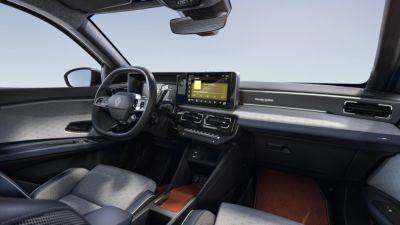How I Became a Python Programmer—and Fell Out of Love With the Machine
The German historian Oswald Spengler considered our age the age of abstraction. Nowhere is this more apparent than in programming, where abstraction isn’t just a conceptual convenience but an absolute necessity. Programmers like to talk about their tools (rather abstractly) as a “stack.” At the top of the stack—the surface most of us encounter first—are simple markup languages, HTML being the best known. At the bottom are the “bare metal” languages of the machine. Thus there is a hierarchy, and the further down in the stack you go, the less abstract—and, in a way, more difficult—programming gets.
Machine ReadableA regular column about programming. Because if/when the machines take over, we should at least speak their language.It’s not really metal down there, of course. It’s sand—impossibly thin layers of silicon dioxide that conduct electrical impulses in ordered patterns we experience as a screen showing us a rectangle with text on it, flickering images, and so on. Still, you can see how Spengler, though he died before the era of digital computing, was on to something. None of us are keeping 1s and 0s etched in sand in our head, and yet we all manipulate them every day using friendly, high-level abstractions.
The danger of living in this Spenglerian moment is that it’s easy to mistake such abstractions for the world as it really is. This, I think, is why programmers often dive deeper into the stack as they progress through their careers. We think that maybe when we reach bare metal our world will finally be real.
I started, like most, at the top of the stack. HTML. 1995. Geocities. Angelfire. Blink tags. Marquee. I’ll admit it: I loved me some marquee tag, which scrolled text across the screen. I loved marquee so much I ran straight out of HTML and into the welcoming arms of Flash. Blame the Matrix website. Coolest animation ever.
Flash was not really programming. Or, it didn’t start that way. It was an animation app. You drew shapes on a stage, dragged them around, and set keyframes like animated film. A UI abstraction descended from Looney Toons. But then someone shoehorned a scripting language in there, and next thing you know I was writing quadratic







